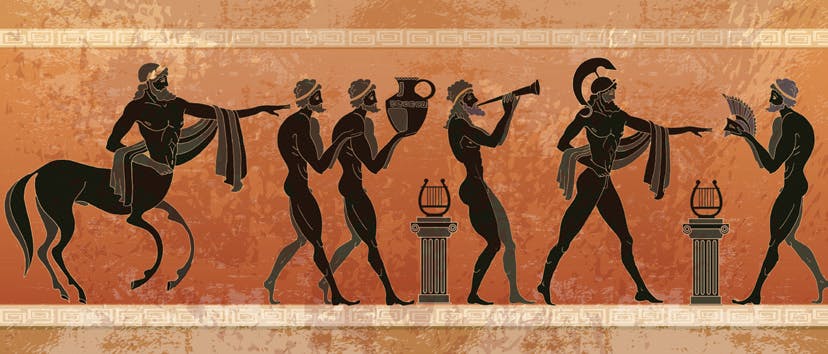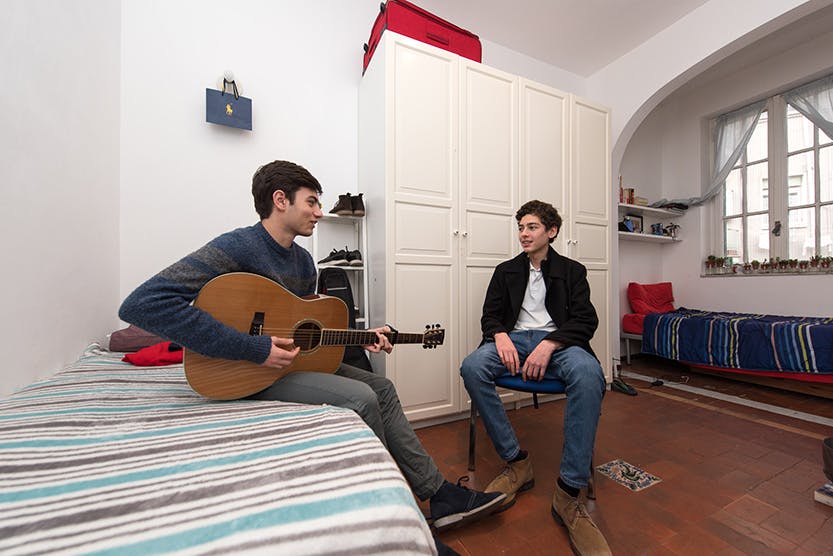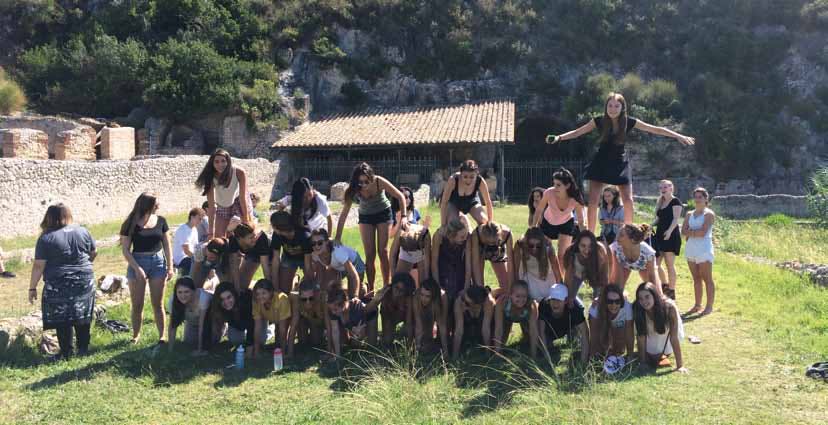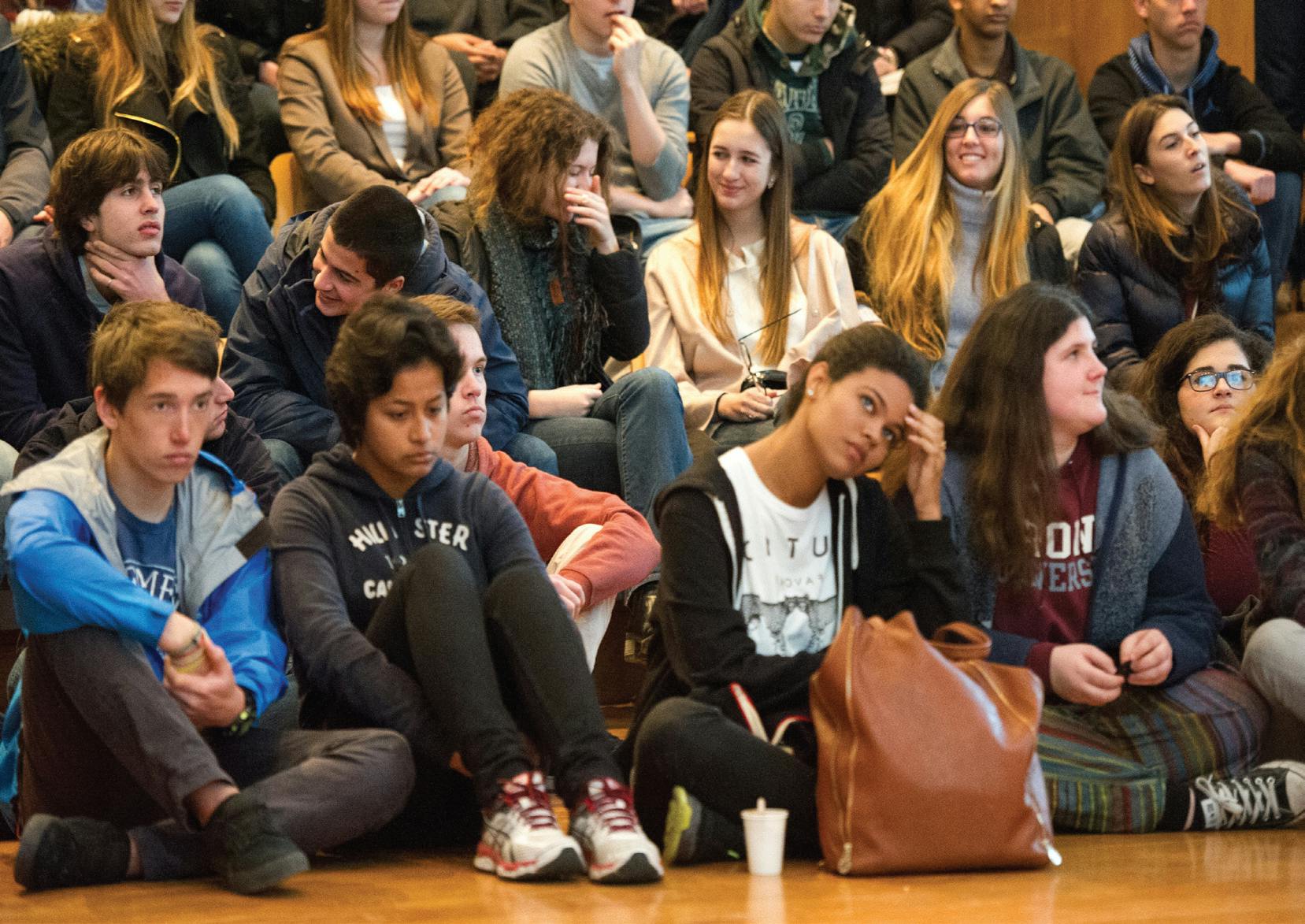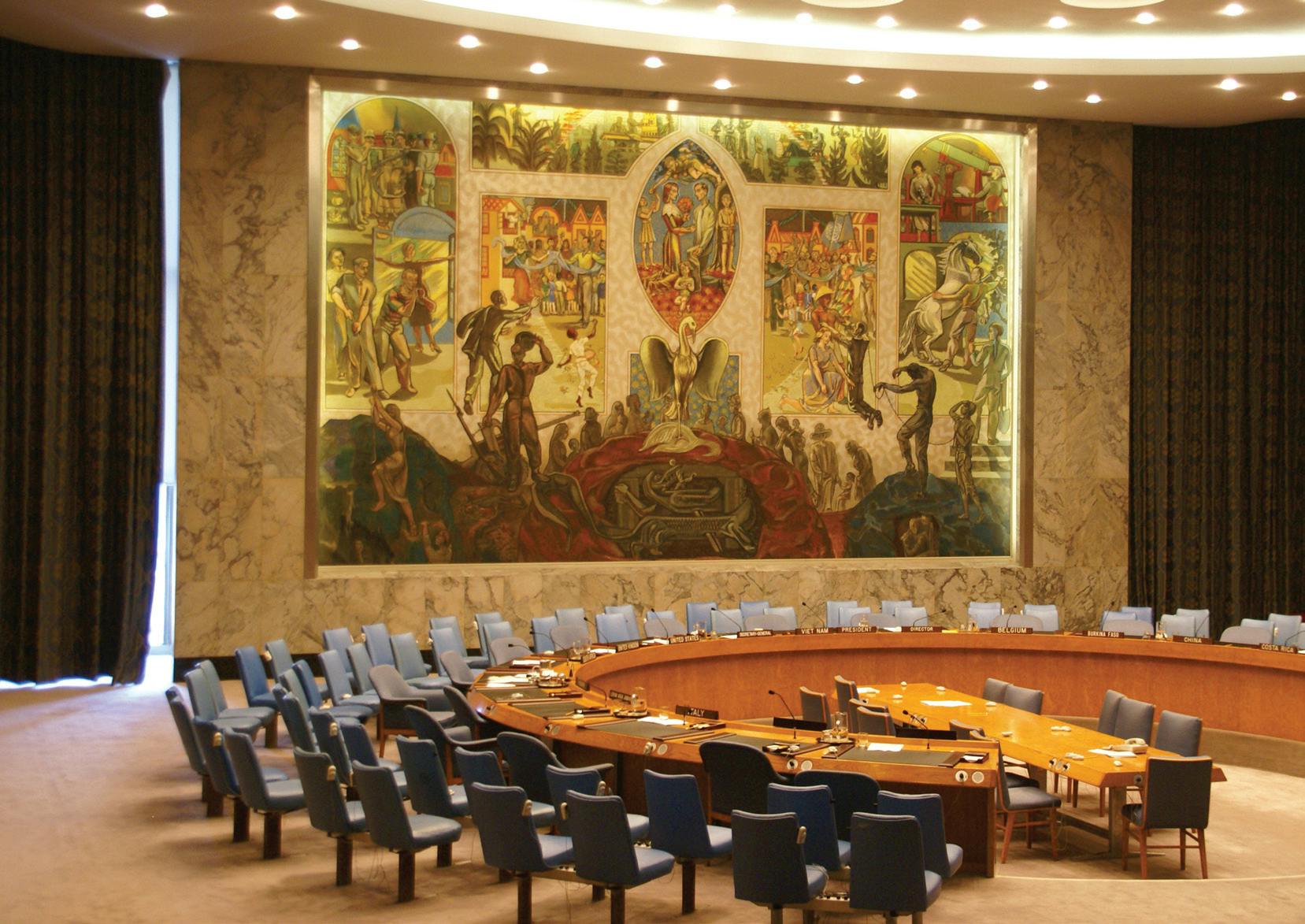
What Distinguishes a Person's Home Culture?
I was born to two Italian parents in Reggio Emilia. I carry an Italian name. I speak Italian, but when I was 6 months old, my family moved to Pretoria, South Africa, where I would spend the next nine years of my life. I gained two very distinct cultures. I ate boerewors with my friends and spoke English like a South African, but at home I would make gnocchi with my grandparents and speak Italian without a hint of a foreign accent. When people asked me where I was from, I would promptly reply, "I am South African-Italian". And this was true for me. I felt I belonged to both countries. At age 9 I had a very clear sense of self and culture.
Yet, things got more complicated when I moved to Frankfurt, Germany. Under the beating rain and among steel skyscrapers, the South African sun and huge expanses seemed to be remote memories. My South African accent faded; I started speaking German with my neighbors.
I no longer associated myself with South Africa. I no longer considered myself South African-Italian. Nev ertheless, I could not consider myself German either. I knew that no matter how much Apfelschorle I drank, my culture would never be German.
At the age of 13, I started defining myself as Italian. After all, it was the nationality declared on my passport. So it must mean something.
Arriving in Delhi, the sprawling metropolis that I would consider home for the following four years of my life to my surprise I quickly adapted to India and all its contradictions. I never once questioned my home culture. I knew that my culture was not Indian, but at the same time it was nestled in the safe bubble of the expatriate community, surrounded by friends who were as confused as I was. To the question what my nationality was, "I guess I am Italian" was a sufficient answer. My friends and I lit fireworks on Diwali, threw paint at each other at Holi, learned to bargain like true Delhi-ites Delhi-ites and adopted the many practices that would make it easy for us to consider India as part of our culture.
With my move to Seattle, USA, at the end of my sophomore year, although I only stayed for one year, I went through the same cultural adjustments as in the previous countries. Shedding the cultural cape of the previous host country, I would shroud myself with a new one.
Surprisingly, the hardest move came in the summer be fore my senior year when I landed in Rome after seventeen years of living out of Italy. I came to realize that I could not simply call myself ltalian. As much as I may have believed so previously, my culture was not Italian. I spoke English much more comfortably than Italian. I did not feel just Italian anymore. My culture was so much more than simply a "confused" Italian. Maybe I didn't need one, because knowing that I share the Italian-South African- German- Indian-American culture within me was enough.
Bringing things full circle, I will answer the question, "What distinguishes a person's home culture?" The answer is: nothing and everything. Every person has a very personal definition of home culture. Even if I were to meet another Italian-South African-German Indian-American, her definition of home culture would not tally with mine. I have come to realize that it is not the countries you live in, the food you eat or the clothes you wear that make home culture, but rather the interactions you have with each individual you meet along the way.



